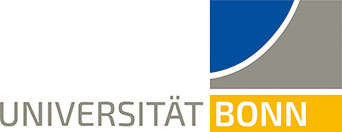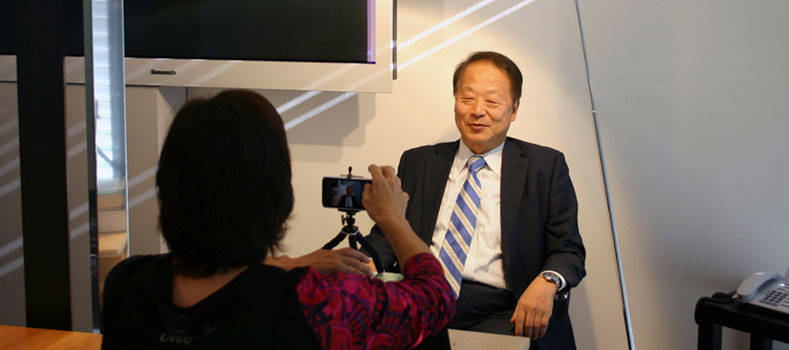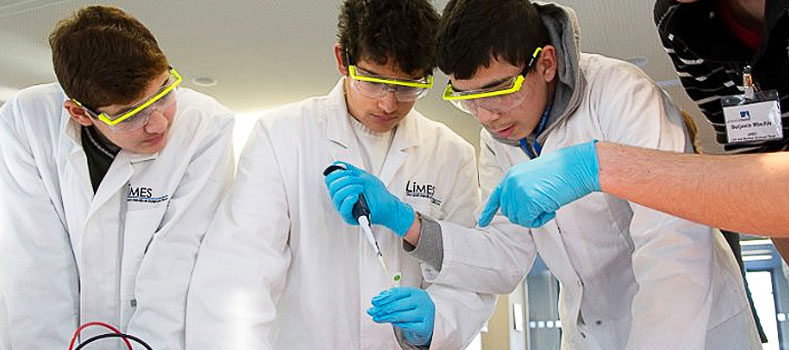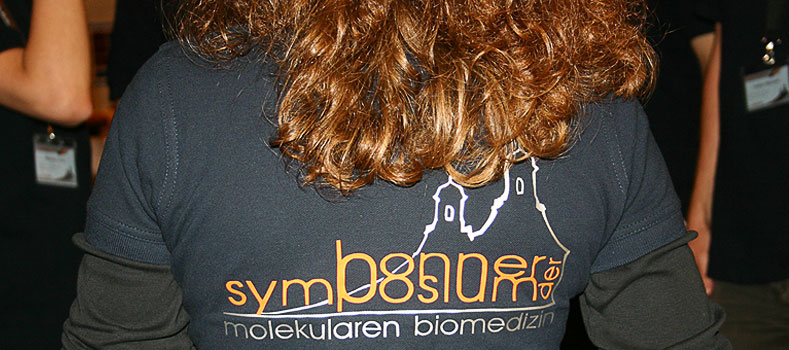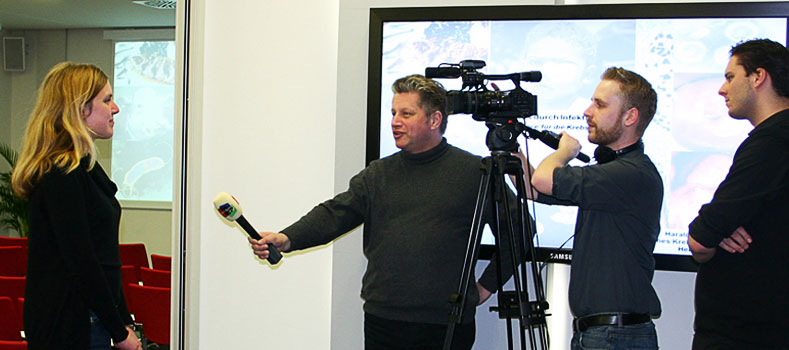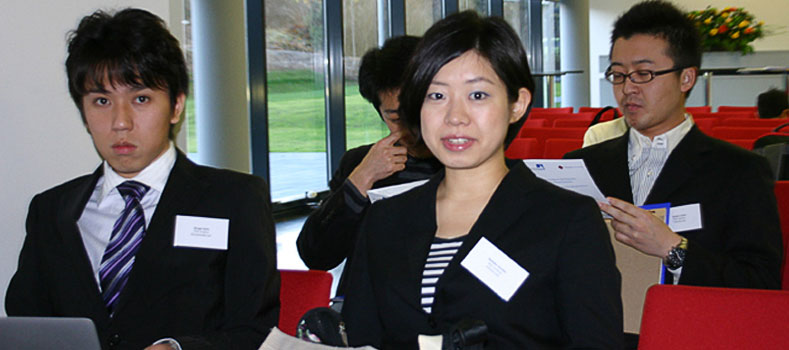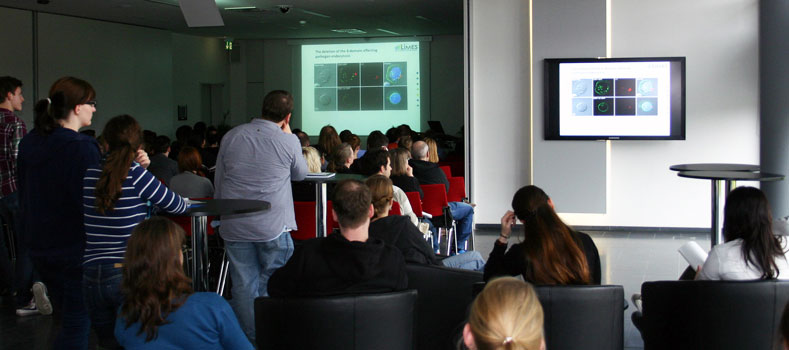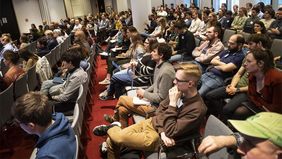Mathematical modelling and analysis are nowadays essential for all fields of the life sciences, ranging from basic research to clinical application. The collaboration between mathematicians and life scientists has a long tradition in Bonn. This week, at an international conference at the Wissenschaftszentrum, the Bonn researchers are exchanging views with colleagues from Germany and abroad on the current status and possible future developments.
Why mathematics and life sciences? One of the reasons is that the tremendous advances made in experimental life sciences in recent years provide a wealth of data on how organisms function. To gain biomedical knowledge from these data, both mathematical modeling and numerical analysis techniques in conjunction with experimental data are essential.
In order to get up to date in this comprehensive field of research, the participants of the conference discuss from different perspectives. Among other topics, they exchange ideas on systems biology, integrative pathway modeling, and mathematical image analysis. They also look at current research in computational immunology as well as chemoinformatics and computational drug design. Other presentations focus on current topics in single cell analysis, mathematical biology, dynamics of cellular and neuronal networks, and computational protein modeling and design.
The conference, which is being held internationally for the first time, is being jointly organized by the Bonn Clusters of Excellence Hausdorff Center for Mathematics (HCM) and ImmunoSensation2, the Transdisciplinary Research Areas (TRAs) "Modelling" and "Life and Health", and the three so-called Interdisciplinary Research Units (IRUs) - headed by Prof. Dr. Jan Hasenauer, Prof. Dr. Kevin Thurley and Prof. Dr. Alexander Effland. In addition, Jun Prof. Dr. Alena Khmelinskaia from the TRA "Matter" is part of the scientific organization team.
Eight keynote lectures by internationally renowned scientists are the highlights of the varied scientific program. Speakers include Ruth Baker from Oxford University, Rob de Boer from Utrecht University, Anna Erzberger from EMBL in Heidelberg, Thomas Höfer from the German Cancer Research Center (DKFZ), Ana Pombo from the Max Delbrück Center for Molecular Medicine, Carola-Bibiane Schönlieb from the University of Cambridge, Oliver Stegle from the German Cancer Research Center (DKFZ) and Gabriele Steidl from TU Berlin. They speak to more than 250 participants from institutions in more than 20 countries.
Exchange leads to a lot of inspiration
"The possibilities offered by combining mathematical methods and modeling with the life sciences have only been hinted at in recent years," says Prof. Dr. Jan Hasenauer. "And this applies not only to the new possibilities that are available for answering biomedical questions, but also the other way around - for developing entirely new questions from a different perspective. There's a lot of inspiration in this new exchange."
The conference will be followed by a hackathon and a workshop in which all interested participants can take part - good opportunities to work together on new ideas. " With its interdisciplinary nature, this conference promises to be a hub of innovation and collaboration," Jan Hasenauer emphasizes.
More info: https://uni-bonn.de/biomath2023
